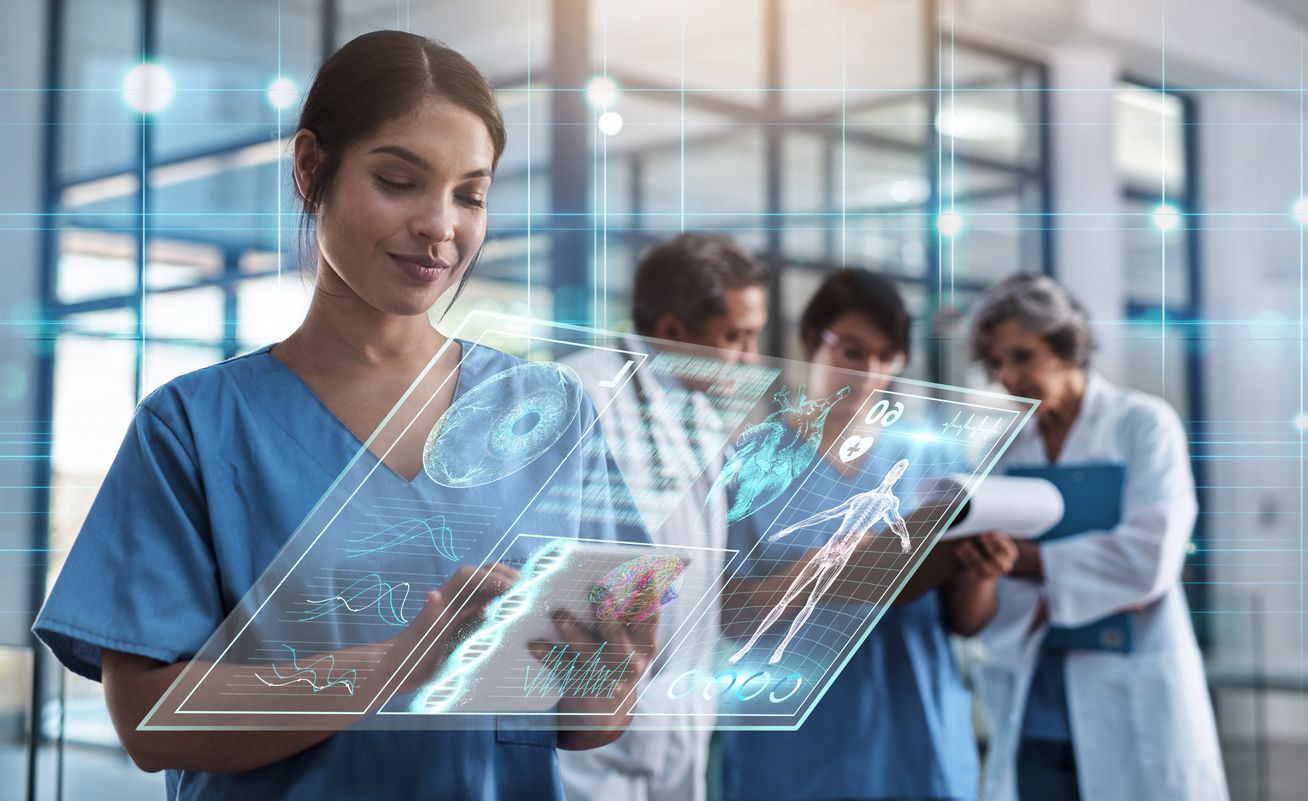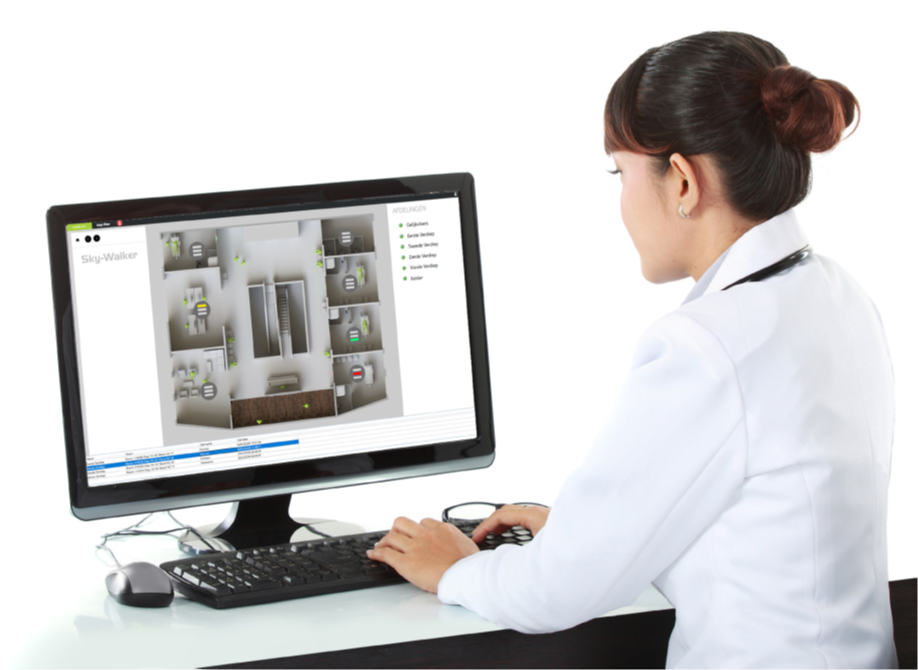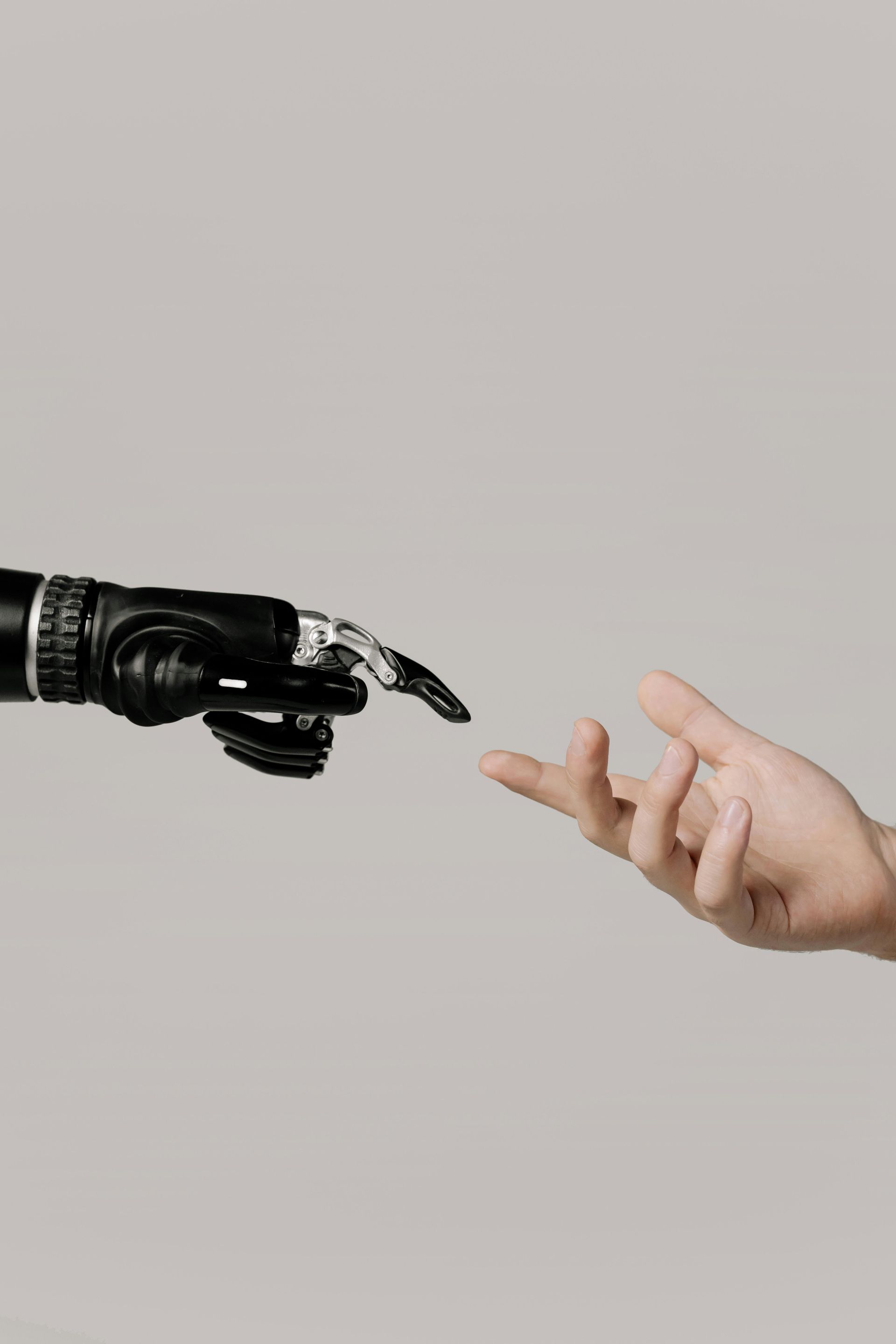Patient monitoring in hospitals: the benefits most hospitals are missing out on
All hospitals, whatever the size, whatever the type, have one thing in common: patients. The core objective of a hospital is making sure that when patients come in, they are met with the optimal care and treatment. By doing so, in most cases the patients leave in better health than when they came in. This also makes the coming and going of patients the largest moving commodity in the hospital.
Why do we use the somewhat harsh word commodity for a hospital patient you might ask? Well, if we take the human aspect out of the equation, patients are basically what the hospital “runs” on. A good running hospital is able to make sure that each and every patient is met with the right quality of treatment. Optimizing the monitoring of patients can therefore have huge benefits in improving the hospitals operations in general.
Optimized patient monitoring equals more quality of work for nurses
With patients being present in every wing of the hospital, often in widespread hospital multi-sites and campuses, a central monitoring tool can have enormous benefits in productivity. From a central point of view, nurses can see what’s happening in their wing. The connected nurse call systems can be intuitively represented on a simple floorplan. This can be either on a desktop, laptop, mobile tablet or even a smartphone.
What is the most important benefit for nurses in general? Well, they don’t have to run from one room to another to make sure that everything is ok with their patients. They can finally take a moment to sit down in the nurse room and make sure their battery is recharged for the next nurse call alarm.
Do hospitals know how many unproductive interventions their nurses must act to?
Without a central patient monitoring system in place, no one really knows how many interventions and actions nurses must act to. Even worse, most hospitals have no knowledge of how many of those interventions and actions were unproductive to begin with. With a central monitoring tool, hospitals can measure these false and counterproductive interventions.
In the introduction you have read that the patients are the biggest commodity in a hospital. By optimizing the workload of the nurses, they will spend less time on unproductive tasks. This means that they will have more time for other patients. And more patients affect the hospitals growth in general.
Prevent mistakes, claims and lawsuits, by implementing easy-to-follow procedures
Making mistakes is normal and happens to everyone, that’s a fact. In certain situations, especially high risk and difficult cases, mistakes can have big consequences. The follow-up of patients can be done with predefined and thought-out procedures. By going through the steps of a procedure, mistakes can be vastly reduced. Less mistakes result in less lawsuits and claims from patients who were met with the wrong follow-up during their stay at the hospital.
How Sky-Walker can combine all these benefits in one central patient monitoring tool
Sky-Walker can combine the best of both worlds into one central open integration platform. Both nurse call systems and facility, safety and security systems can be centralized in one platform. With clear floorplans, icons, alarms, procedures and so one, customized projects that neatly follow the wishes of the hospital can be put in place.
Specific benefits when using the Sky-Walker Open Integration Platform
- Sky-Walker integrates all existing digital and analogue systems regarding PSIM, security, safety and comfort into one visual and intuitive system that can be quickly mastered by internal and external personnel. You get full control over cameras, access control, heating, motion detectors, lifts, and so on.
- You have complete control over the climate controls such as lights, elevator control, heating and air conditioning, sun blinds, etc. In this way, departments can be closed quickly after use and you immediately save on unnecessary consumption costs.
- The risky transport of medicines can also be followed in real time via GIS integration so that the organization is certain that nothing will fall into the wrong hands. This application can of course also be extended to ambulance services
- A special Sky-Walker extension tool can be used in the Operating Room to check if all the conditions are good for operating. Think of temperature, humidity, or even a checklist for the surgeon to make sure every check has been done before starting the operation.
Interested in our patient monitoring or integration solutions? Be sure to plan a live demonstration with one of our solution sales.








 Download Product Ebook
Download Product Ebook View all our solutions
View all our solutions Sky-Walker Architecture
Sky-Walker Architecture View all our integrations
View all our integrations Book Protocol workshop
Book Protocol workshop Our Company
Our Company Contact Us
Contact Us View All Our Case Studies
View All Our Case Studies Become a PSIM Partner
Become a PSIM Partner Become a Sky-Walker PSIM partner today!
Become a Sky-Walker PSIM partner today! English
English Français
Français Nederlands
Nederlands








